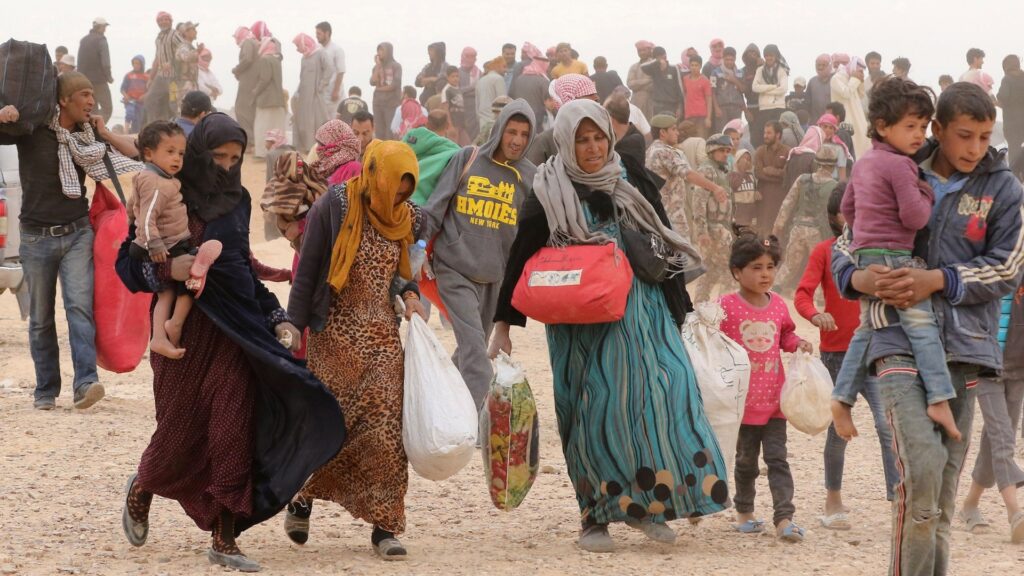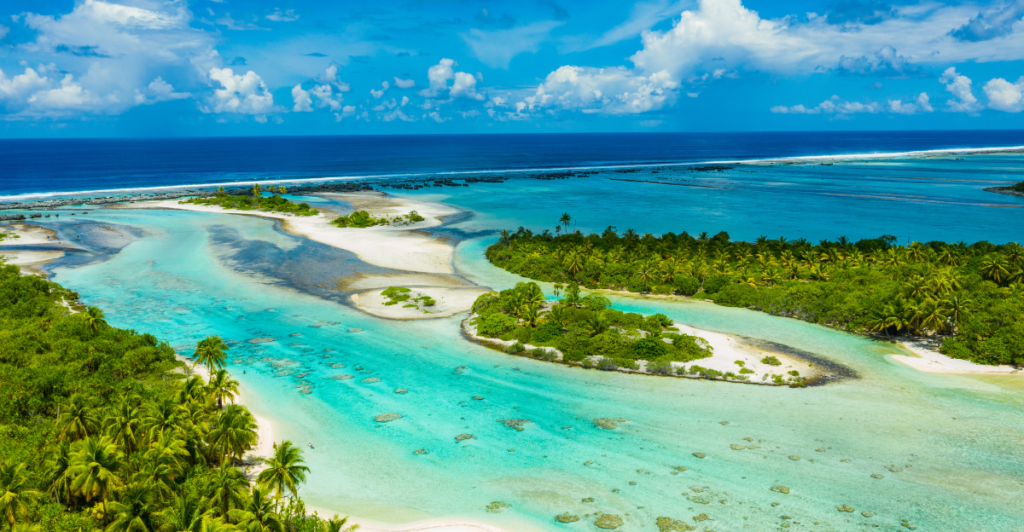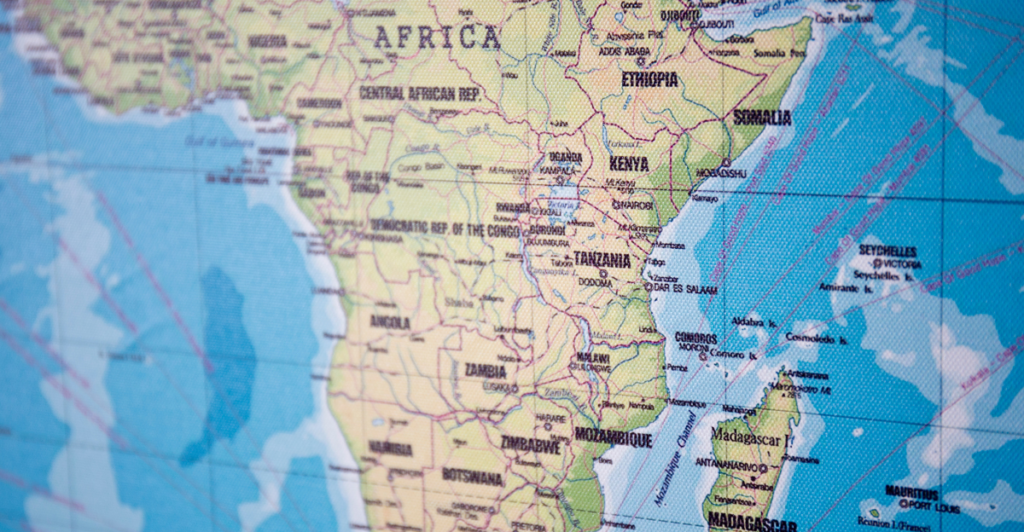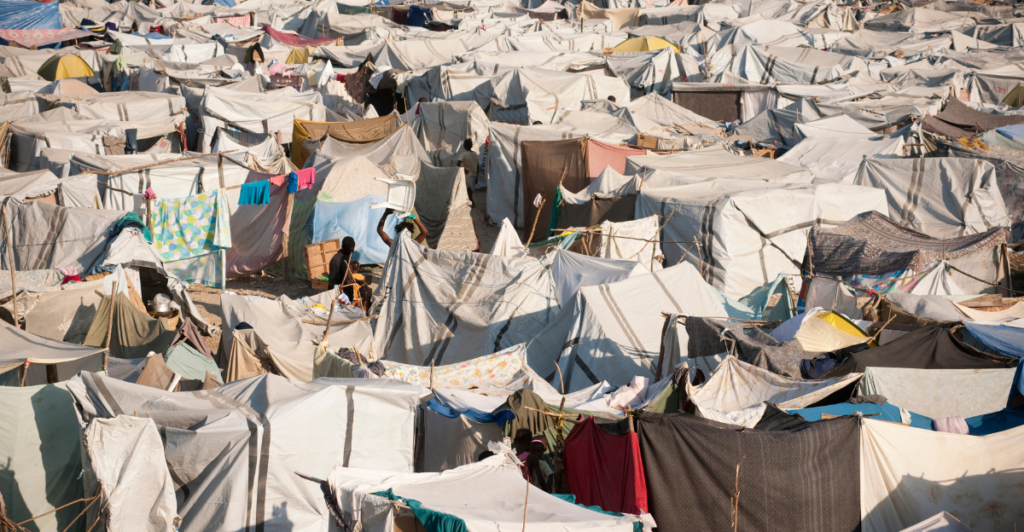
As the planet grapples with the escalating impacts of climate change, the concept of “climate refugees” has emerged as a pressing global issue. These individuals are forced to flee their homes due to environmental disruptions, ranging from rising sea levels to extreme weather events. With predictions of over a billion people becoming climate refugees by 2050, understanding the scale, causes, and implications of this crisis is critical for shaping the future of humanity.
The Dire Consequences of Melting Ice Caps

If all glaciers and ice caps melted, global sea levels would rise by approximately 230 feet (70 meters). Such a scenario would inundate most coastal cities worldwide, displacing millions. Rising temperatures and melting ice are not future concerns—they are realities today, fundamentally altering landscapes and livelihoods.
The Growing Displacement Crisis

In 2017, 68.5 million people were displaced globally—the highest number in human history. More than one-third were forced to move due to sudden weather events like floods, forest fires, and storms. By 2050, without significant climate action, over 143 million people across Sub-Saharan Africa, South Asia, and Latin America will face displacement.
The Vulnerability of Pacific Islands

The Pacific Islands are among the regions most severely impacted by rising sea levels, which are increasing at nearly 0.5 inches (12 millimeters) per year. Already, eight islands have vanished, and dozens more are at risk. By 2100, an estimated 48 islands could be completely submerged, leaving entire populations without a homeland.
Defining Climate Refugees

The term “environmental refugee” is widely used to describe those displaced by environmental disruptions. Coined in a 1985 United Nations report by Essam El-Hinnawi, it refers to individuals forced to leave their homes due to natural or human-induced environmental changes. However, international law does not currently recognize this status, complicating efforts to protect and support these individuals.
The Root Causes of Displacement

Climate change leads to a cascade of disasters that force people to flee their homes. These include desertification, drought, deforestation, rising sea levels, floods, extreme storms, earthquakes, and food insecurity. Together, these factors create untenable living conditions, pushing millions into migration.
Regions at Greatest Risk

The September 2020 Ecological Threat Register highlights regions like Sub-Saharan Africa, South Asia, and the Middle East as particularly vulnerable. Countries such as Afghanistan, Syria, Pakistan, and Haiti face severe threats, with mass displacements likely due to ecological and political instability. Even developed regions like Europe and the United States are not immune to these pressures.
The Rising Threat of Food Insecurity

One of the most profound consequences of climate change is food insecurity. Global demand for food is expected to increase by 50% by 2050, yet more than 2 billion people are already food insecure. Without coordinated action, shortages will exacerbate civil unrest, riots, and migration, further destabilizing vulnerable regions.
Urban Migration and Internal Displacement

Most displaced individuals prefer to stay within their own country, often moving from rural to urban areas. This option is usually more feasible than international migration, which requires significant resources. However, in cases where entire regions become uninhabitable, returning home is no longer an option.
Challenges in Classification and Support

The lack of a unified definition for climate refugees creates significant challenges. Without standard classifications, it is difficult to track displacement, allocate resources, or provide legal protections. This gap leaves millions in a vulnerable state, without the rights and support afforded to traditional refugees.
Developed Nations Are Not Exempt

While the impacts of climate change disproportionately affect poorer regions, developed nations also face growing pressures. The European refugee crisis of 2015, triggered by conflicts in Syria and Iraq, highlighted how rapid population shifts can lead to political turbulence and social unrest, a pattern likely to be repeated as climate-induced migration increases.
Building Resilience and Adaptation

Addressing the displacement crisis requires proactive measures to build resilience. Early warning systems, flood defenses, sustainable agriculture, and drought-resistant crops are critical tools. Global cooperation is essential to mitigate risks and create sustainable solutions for those most affected.
The Urgent Need for Action

The future of climate refugees is a shared global responsibility. Without immediate action, the displacement of millions will strain economies, destabilize governments, and challenge the fabric of societies. Preparing for this crisis through innovation, cooperation, and compassion is the only path forward.
Discover more of our trending stories and follow us to keep them appearing in your feed

“There Will Be Eruptions”: Concerns Mount as Yellowstone Supervolcano Activity Increases
Deepest Hole On Earth Permanently Sealed After 2 Billion Year Old Discovery
12 Under-the-Radar Climate and Nature Breakthroughs From 2024
A Climate ‘Time Bomb’ in the Mediterranean Threatens Global Weather—Is the U.S. Prepared?
Stay connected with us for more stories like this! Follow us to get the latest updates or hit the Follow button at the top of this article, and let us know what you think by leaving your feedback below. We’d love to hear from you!







